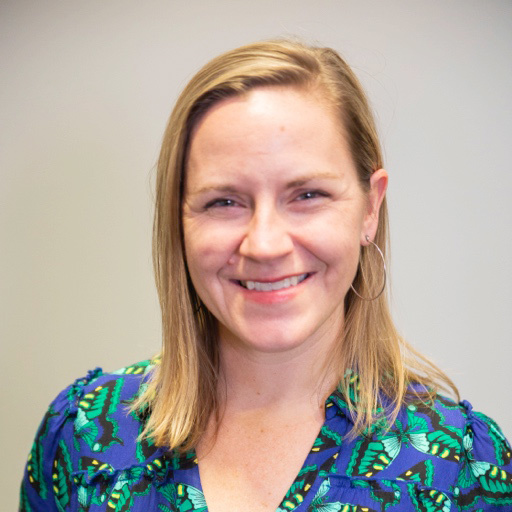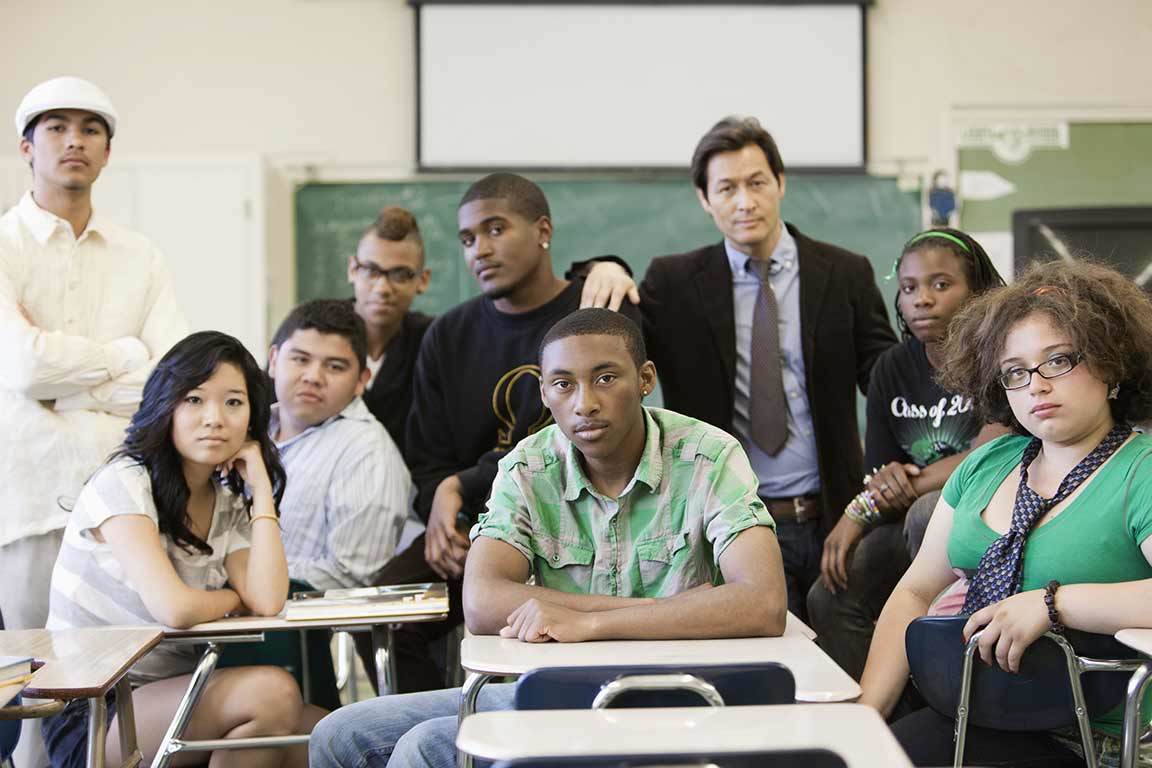Earned Secure Attachment
At FuelEd, we love the concept of earned secure attachment (ESA) because it demonstrates the human capacity to heal and change relationship patterns across our lifespan.

Earned Secure Attachment
At FuelEd, we love the concept of earned secure attachment (ESA) because it demonstrates the human capacity to heal and change relationship patterns across our lifespan. Earned secure attachment is the classification for adults who experienced insecure parenting in childhood but have developed secure relationship patterns as adults. In the lab, earned secure adults are able to tell the story of not feeling safe, loved, and/or accepted in early attachment relationships in a coherent, balanced, and reflective manner. The ability to tell a coherent version of an insecure childhood story is both a powerful indicator and agent of attachment healing.
Research indicates that earned secure adults are more likely to have “made sense of” their attachment story by attending therapy, doing reflective work, and/or experiencing subsequent secure relationships, such as with a partner or best friend. As a result of these experiences, when a person with ESA talks about the past, you might hear contradictions linked by the word “and” rather than “but.”
For example, “I often felt alone when I was young, AND I know that part of that was the stress my mom was under in our family” versus “I was afraid and lonely often, BUT I was stronger because of it.” In ESA, the emphasis is not on downplaying past difficulties, nor on remaining unresolved in the present. Rather, by working through the reflective process and forming “felt safety” through attached relationships in the present, a balanced and mindful approach to the past becomes possible. The story of earned secure attachment is the story of moving from unsafe, unseen, and unsoothed in the past to safe, seen, and soothed in the present. You might also notice that the earned secure classification checklist (see below) looks exactly like secure attachment except for the last point.
“I often felt alone when I was young, AND I know that part of that was the stress my mom was under in our family”
Learn about our programs
LEARN MOREEarned Secure Attachment Checklist
Check out this checklist to begin mapping where you are in your attachment journey:
- A positive view of self and others
- Find it easy and comfortable to be emotionally close to others
- Comfortable depending on others and having others depend on them
- Don’t worry about being alone or having others not accept them; comfortable with distance from others
- Believe they are valuable and worthy as individuals and also that others are trustworthy and dependable
- Exhibit a balance of intimacy and independence that is a hallmark of secure attachments
- Describes difficult or unloving attachment experiences from early life*
*This characteristic is the difference between secure attachment and earned secure attachment
Bring FuelEd to your school, district, or organization
SCHEDULE A CALLAbout the author
Kelley Munger
PhD, LPC, NCC
Kelley holds a BA in English from Auburn University, an MA in Teaching from Lee University, and an MA in Counseling Psychology from Covenant Seminary. She completed her PhD in Early Intervention and Special Education at the University of Oregon in 2019. Kelley is a researcher and licensed therapist working in the areas of trauma, adult attachment, special education, and human development. She is passionate about leveraging the power of relationships to promote developmental flourishing across the lifespan.
Kelley holds a BA in English from Auburn University, an MA in Teaching from Lee University, and an MA in Counseling Psychology from Covenant Seminary. She completed her PhD in Early Intervention and Special Education at the University of Oregon in 2019. Kelley is a researcher and licensed therapist working in the areas of trauma, adult attachment, special education, and human development. She is passionate about leveraging the power of relationships to promote developmental flourishing across the lifespan.




